Information Security Report: DROWN Bug and Mitigation Techniques
VerifiedAdded on 2020/03/07
|6
|883
|177
Report
AI Summary
This report focuses on the DROWN attack, a significant cross-protocol security vulnerability affecting HTTPS and other services relying on TLS and SSL. It explores the various types of threats, including DROWN, Logjam, FREAK, Bar Mitzvah, and POODLE, detailing their vulnerabilities and mitigation strategies. The report provides an in-depth analysis of the DROWN attack, explaining its exploitation of SSLv2 and its potential to compromise sensitive data. It also outlines crucial mitigation techniques, such as disabling SSLv2, patching OpenSSL, and ensuring private keys are not reused across different servers, IMAP, POP, SMTP servers, and other unmanaged software that can provide support to the SSL or TLS. The report emphasizes the importance of network administrators implementing these measures to safeguard systems from the DROWN vulnerability and other associated cyber security threats, offering a comprehensive understanding of the issue and its resolution.
1 out of 6
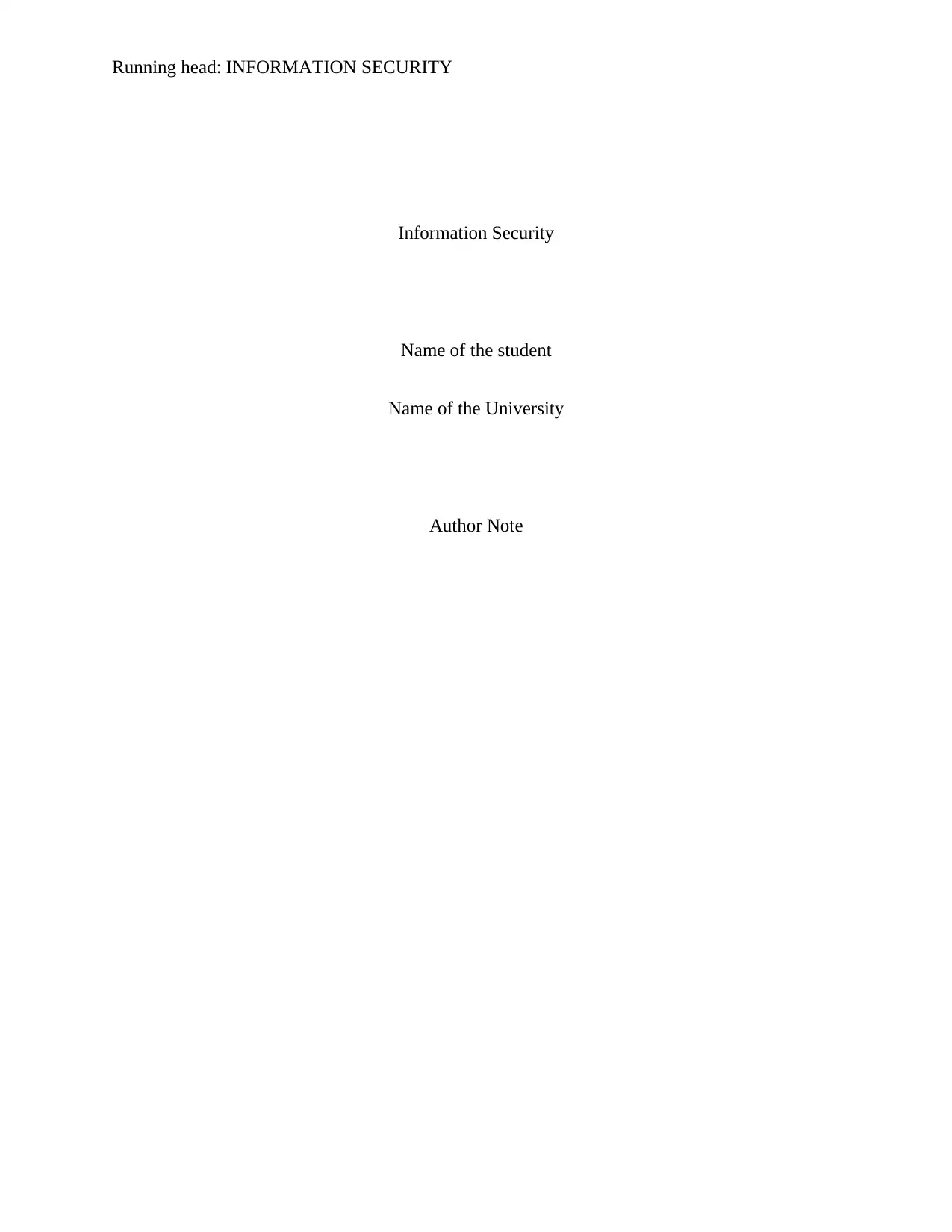
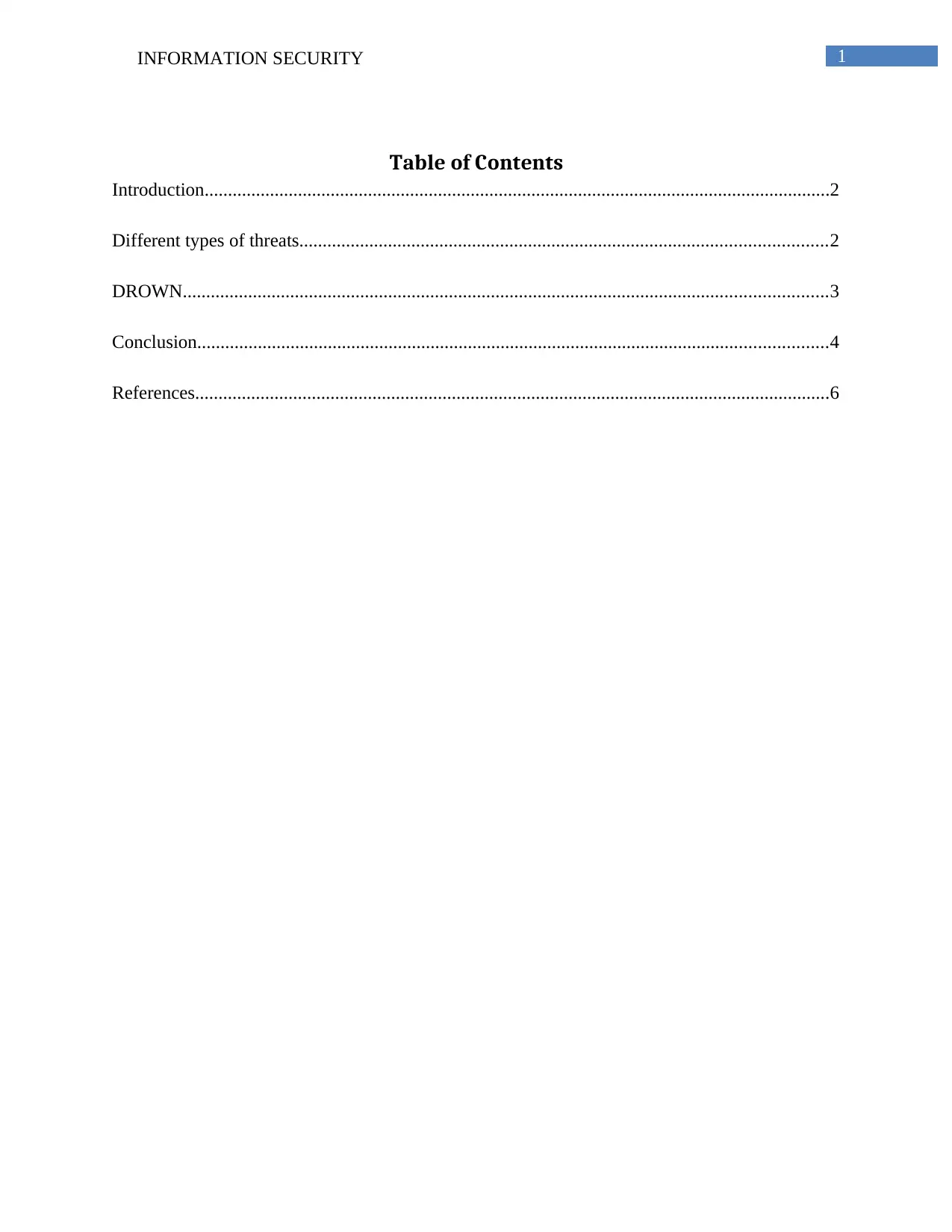
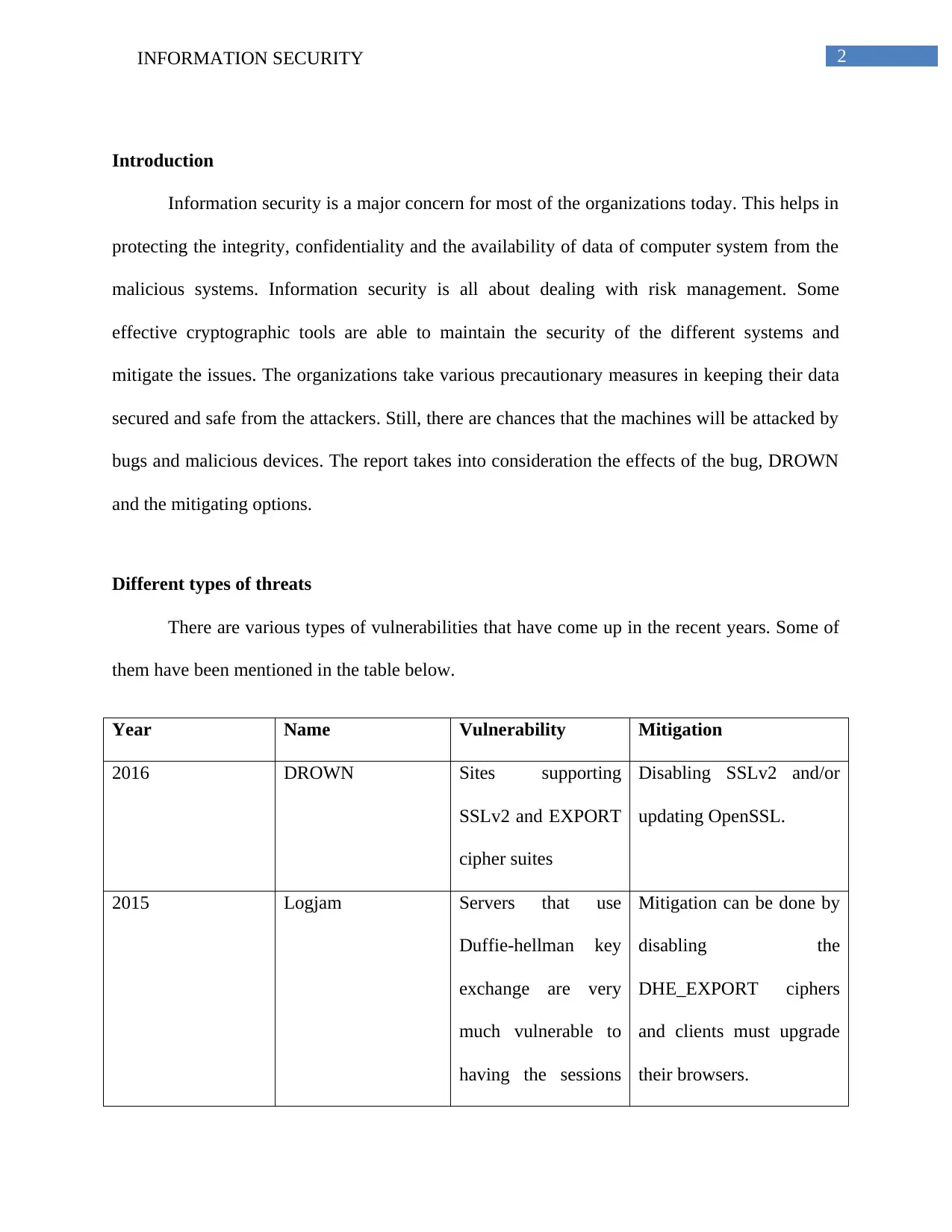

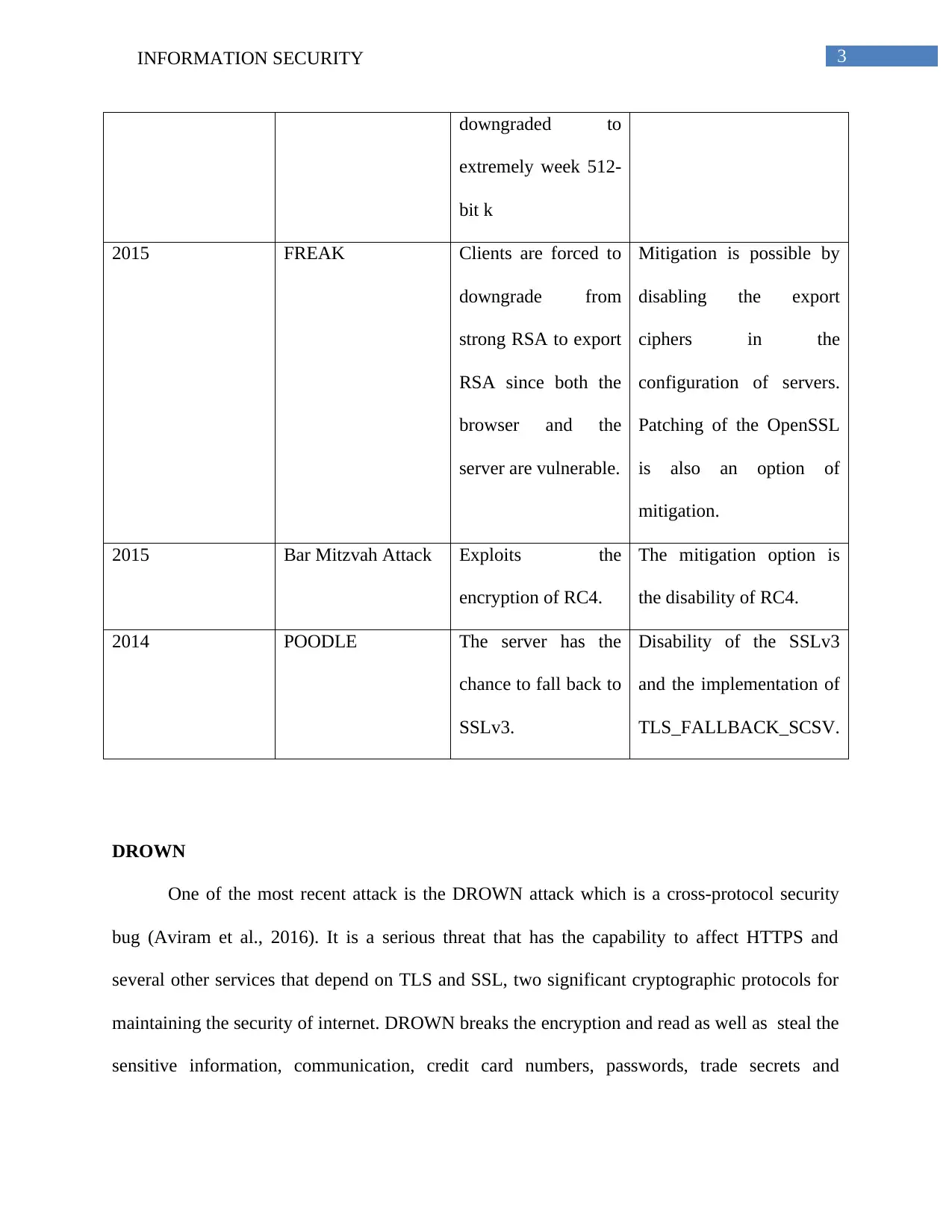
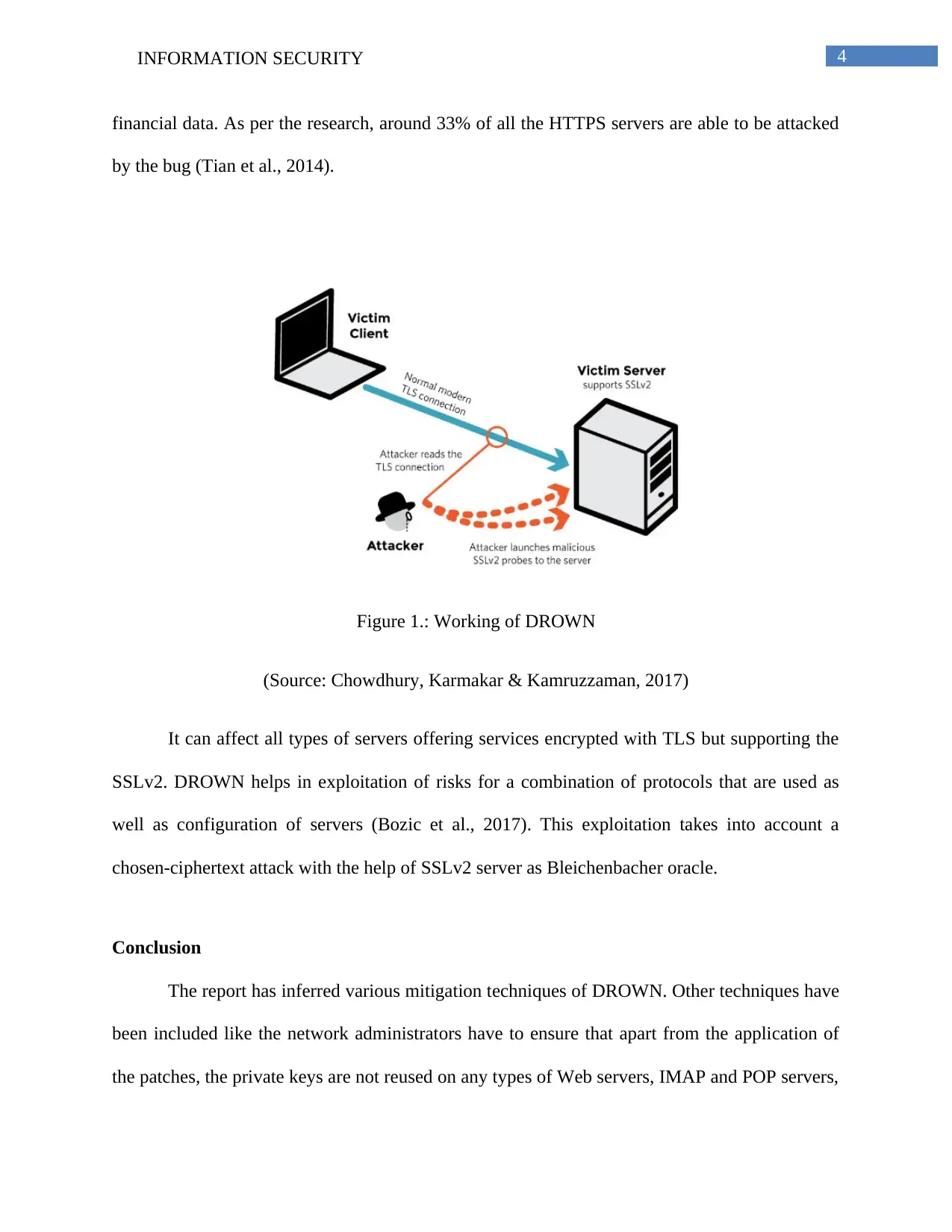
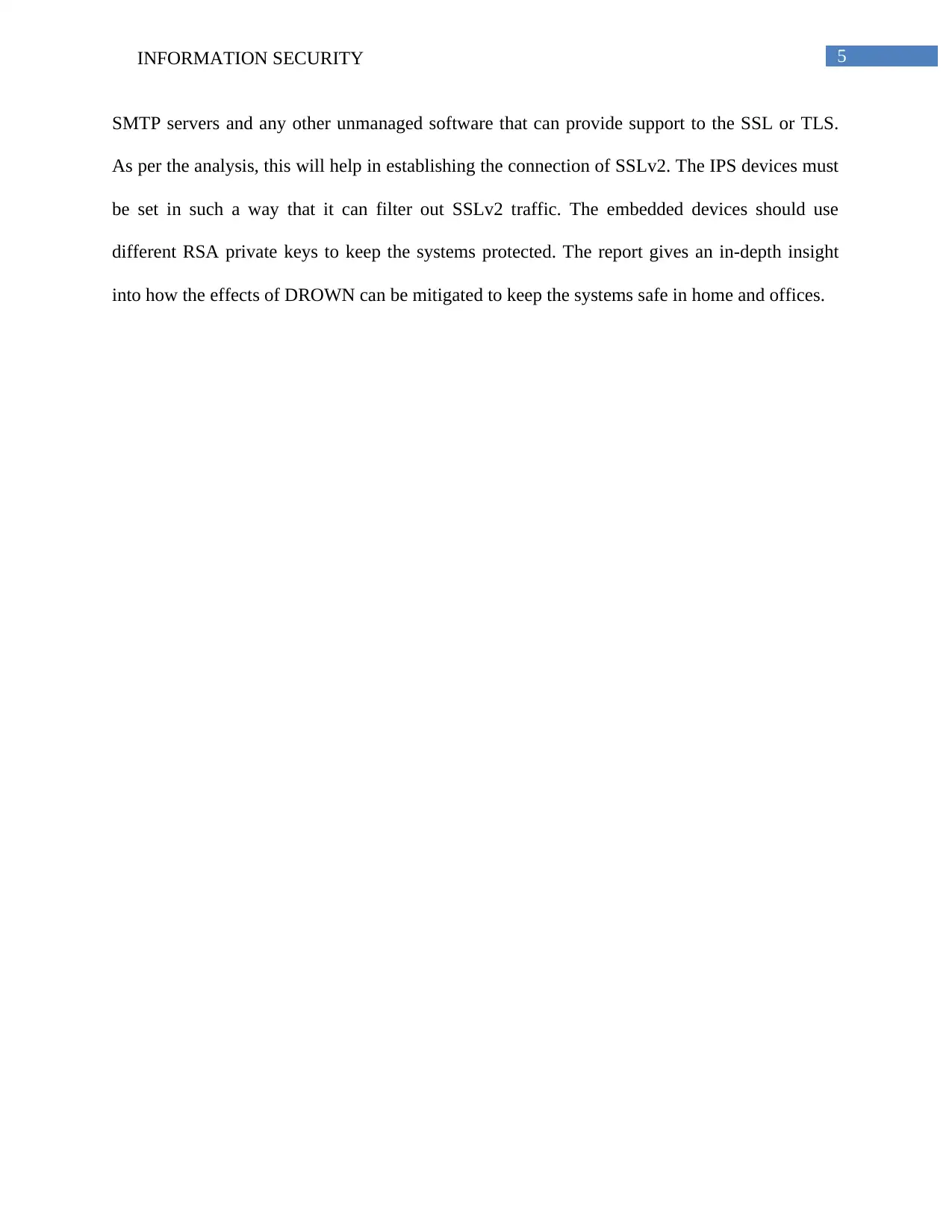






![[object Object]](/_next/static/media/star-bottom.7253800d.svg)